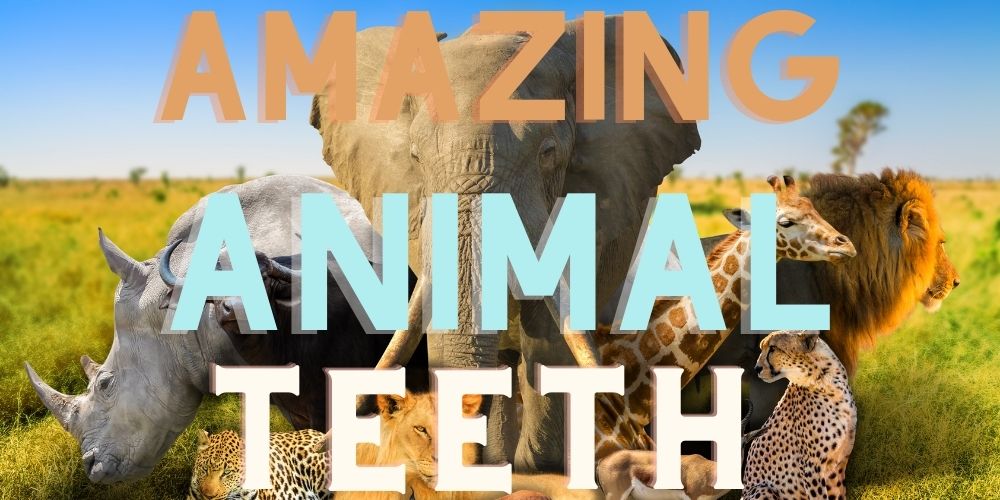Mid-April means spring is officially in full swing! Flowers are blooming, birds are chirping, and all kinds of nature is coming back to life. This time of year really shows what a fascinating world we live in. Here’s an example of how cool different animals can be that relates to our focus here at South Valley Pediatric Dentistry – the weird and wonderful kinds of Animal teeth in nature. Check out these cool critters and their amazing animal teeth:
Bunny/Rabbits
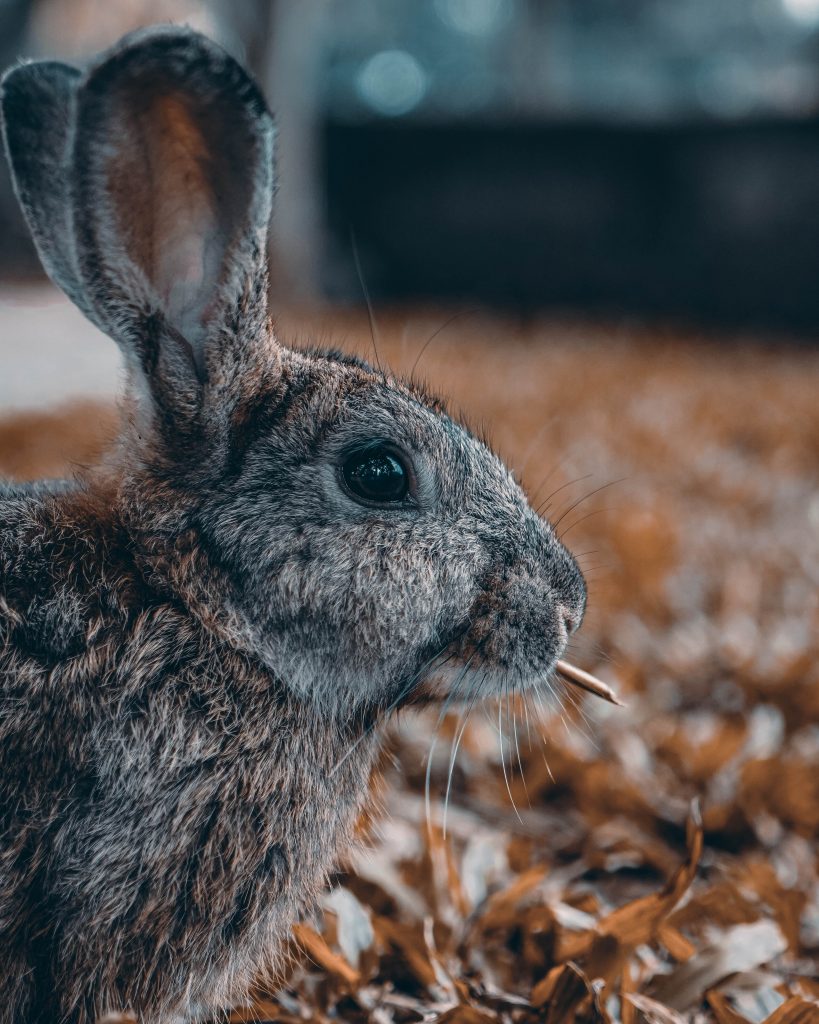
Rabbit teeth never stop growing. They grow an average of 3-5 inches every year. In order to keep their teeth the right length, bunnies have to wear them down with constant nibbling. But they don’t just chew carrots! Bunny rabbits chew anything they can find that has lots of hard fiber—like seeds, hay, sticks, and wood chips—to keep their chompers in check! Other small mammals, like mice and squirrels, also have teeth that never stop growing.
Narwhal
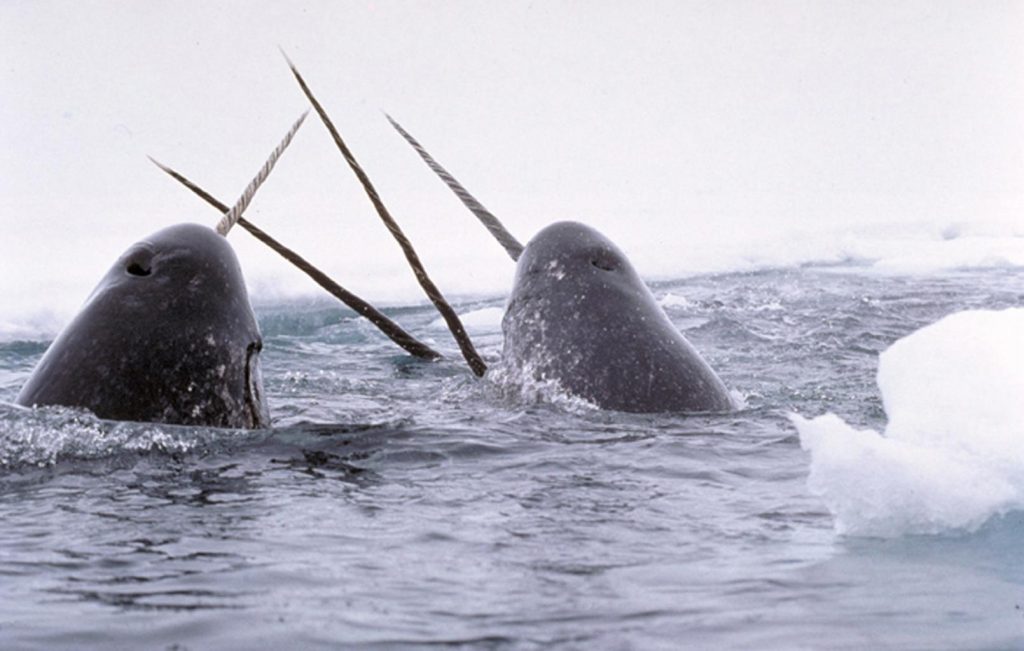
Sometimes called “Sea Unicorns,” male narwhals have an extra-long tooth that grows out from their head like a unicorn’s horn. Scientists aren’t quite sure what these special teeth are for, but they might help the narwhals fight predators, sense their surrounding environment, and/or break up thick sheets of ice. The toothy tusks can grow up to 10 feet in length and weigh about twenty pounds when fully grown.
Elephants
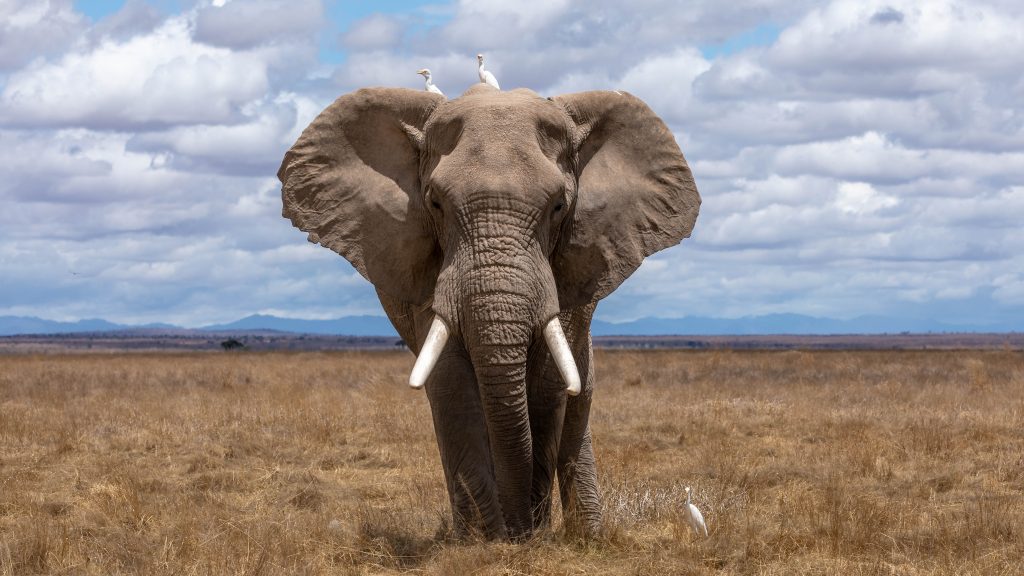
Like Narwhals, elephants have long, forward-facing tusks which are actually teeth. Elephant tusks grow throughout their lives, which means that the biggest tusks belong to the oldest elephants. They use these amazing teeth for digging, fighting, lifting, and gathering food. In addition to their long tusk teeth, Elephants have huge molars that they use to chew up food. A single elephant molar can weigh up to five lbs!
Cows
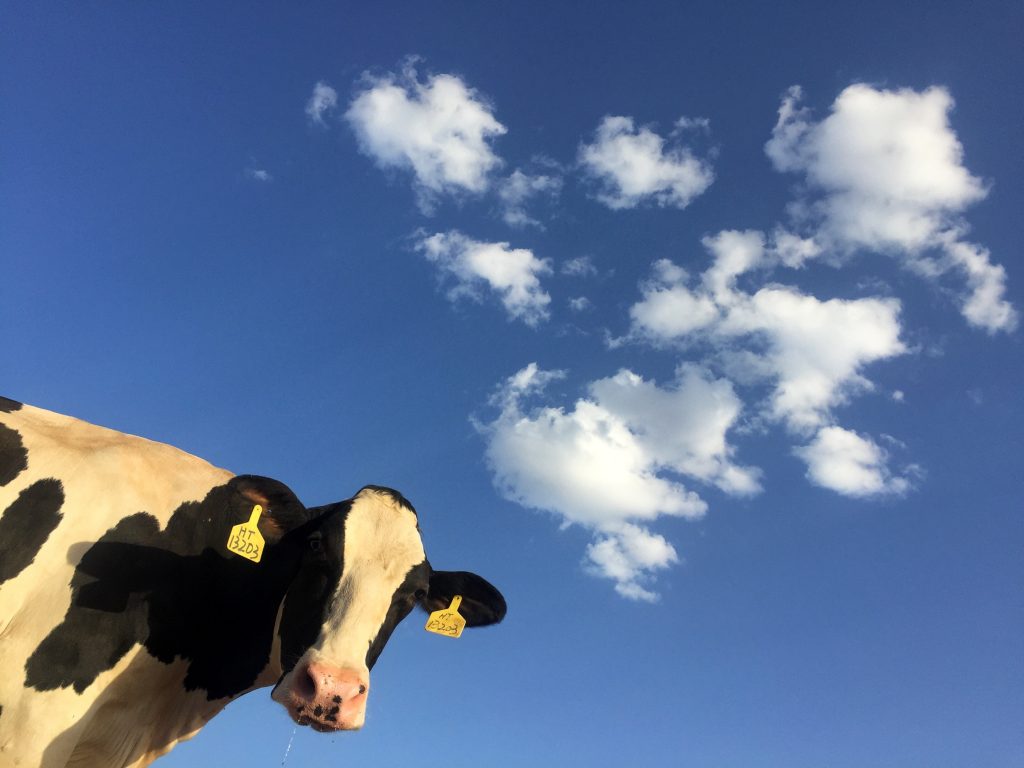
Cows don’t have top incisors (the front teeth we use to bite down on our food). Instead, they press their bottom teeth against their gummy hard palate to take bites of grass or hay. They also use their lips and back molars to chew mouthfuls of food. Many others kinds of hooved herbivores only have bottom incisors too, including sheep, goats, and even giraffes.
Sharks
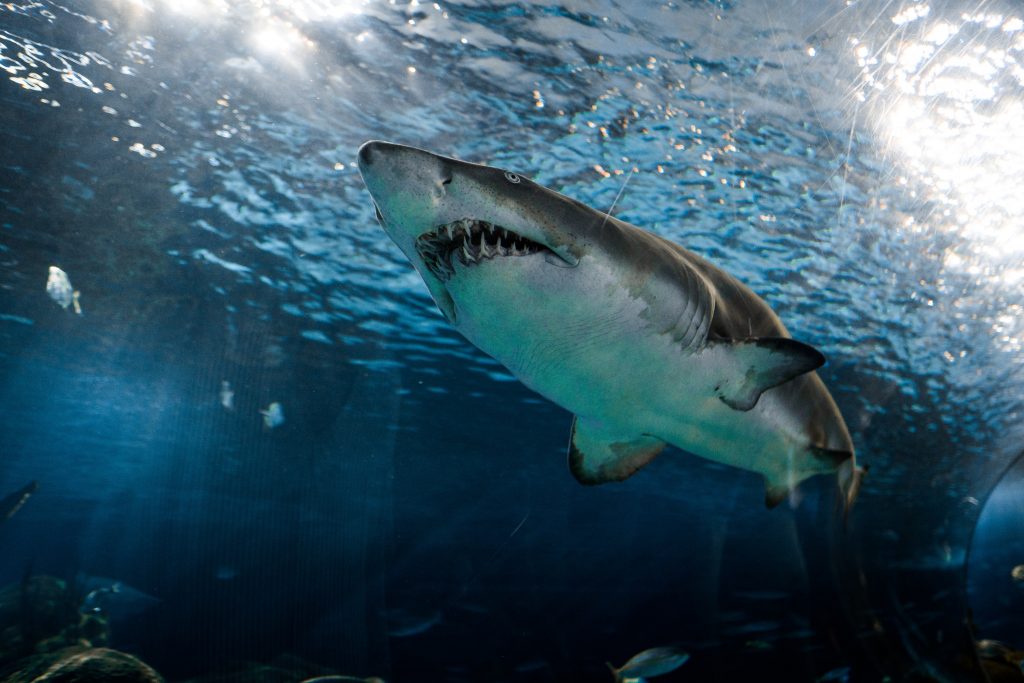
Unlike people, Sharks keep losing and regrowing teeth throughout their whole lives. Great White Sharks have around 3,000 triangular teeth, arranged in five rows. Sharks also have a special way to clean their teeth. Instead of brushing like we do, sharks let smaller fish, called cleaner wrasse, swim into their mouths and eat the leftover bits of food off of their teeth. Yuck! I’d rather use a toothbrush and toothpaste; how about you?
Animal Teeth at the Dentist
Want to check out some amazing animal teeth yourself? We can’t promise cows or narwhals, but South Valley Pediatric Dentistry has a number of sharks swimming around in our office’s salt-water tanks. Give us a call to schedule a dental checkup, and explore the fascinating world of nature at the same time!


